Click below to watch the video:
Tracing the original Islamic pilgrimage through Petra. Discover places like Jiranah, al-Aqsa, al-Adna, the Ka’ba, Safa, Marwa, Mina, Dhu al-Hulaifa, Jamrat al-Kubra, Arafat Mountain, and Mozdalifa. Discover when the Petra Pilgrimages ended. Note: error at: 10:24. I said over 40 feet when I meant over 400 feet tall. The highest point in the siq is 597 feet or 182 meters.
Follow the pilgrimage at: https://earth.google.com/web/data=Mj8KPQo7CiExODdzSHRsN21yRkd4UlBPTktna2tPdzlQSUQzRW42U0oSFgoUMERCMEMyRjM5QTEwREYyNDRCNUY
Transcript
Video #14 This is a general transcript of a Dan Gibson video in the series: Archeology and Islam.
Hello, and welcome to another video in the series Archeology and Islam. My name is Dan Gibson and today, we want to examine a question that viewers have asked about the Pilgrimage and how it would have fit into the Petra landscape. First of all, historical records tell us that the pilgrimage was practiced before Muhammad’s time. Abdul Muttalib, Muhammad’s grandfather was responsible for looking after the pilgrims that came to the Holy City. Remember, this would have been, in Petra.
Now the early recorders of Islamic history, write a great deal of material about the early pilgrimage. Ibn Hisham spends a great deal of time talking about the pilgrimage before Islam. You see, people would come from all over Arabia to the Holy City. Hundreds and perhaps thousands of people would come. This is attested by the thousands of graffiti that were written on rocks as people were going on pilgrimage. It was such a popular event that Abraha, the ruler down in Yemen became jealous and wanted to divert the people to come to Yemen.
Why would he do that? Because of money. Most things are about money. Imagine thousands of people coming to your city, and spending their money, and undertaking commerce there. What kind of commerce? People needed to have places to sleep. People need to buy food. Some would buy clothing. Others want to take home some object to remind their pilgrimage by.
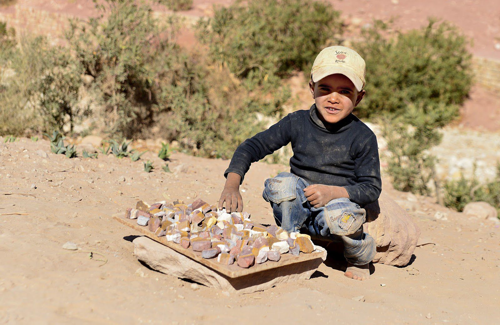
Stones for sale in Petra, just like there were in the time of Ibn Hisham.
For instance, Ibn Hisham tells us that it was popular for people to take small stones from the city home with them after the pilgrimage. (Ibn Hisham 17) This is a piece of small multi-colored stone that I picked up in Petra. And even today, the local people from the Bedul tribe sell pieces of colored stone to the tourists.
Ibn Hisham also tells us that the practices of the pilgrimage would go back in ancient time all the way to Abraham. (Ibn Hisham 17) This included the great and little pilgrimage. Abraham is said to have instituted honoring the Ka’ba and going round it. He also instituted standing on Arafatmountain and then going down the Mozdalifa slippery slope, and sacrificing an animal, and the pilgrim cry.
We learn from Ibn Hisham that the great ancient pilgrimage would focus on ‘Arafa, that mountain, and afterward there was a rush of people down the slippery slope called Mozdalifa. (Ibn Hisham 27) We will look at that in a few minutes.
We learn from Ibn Hisham that in pagan times the pilgrimage could not be changed… it was taboo to change it. (Ibn Hisham 30)So it continued from ancient times all the way up to the time of Muhammad.
Ibn Hisham also tells us that the Quraysh tribe, Muhammad’s tribe had keys to the Ka’ba building, and also key’s to the door on the well of Zamzam. (Ibn Hisham 30)
They kept and they handed out war banners, and it was in their authority to divide the city into quarters, and designate who could live where, Thus they kept the Christians in their quarter, and the polytheists in their quarter.
It was the Quraysh who gave the order to not cut down trees in the sanctuary area, and who decided many important things, including what was taboo and what was allowed.
Ibn Hisham tells us that eventually they added some things that would be financially beneficial to themselves. (Ibn Hisham 45) They forbade cheese and the making of sour milk or clarify butter while people were in a state of haram. They could not enter tents of camel-hair to seek shelter from the sun. They had to go into leather tents. And those were made available for a price. They went further and refused to allow those outside the haram to bring food in with them. They had to buy food from the market within the haram area. And they could go around the Ka’ba without but they had to have special garments. If they said, if you don’t have a particular garment, then you have to go round naked. And if they used their ordinary clothing, then they would have to throw that clothing away and destroy it before they could leave the Haram area.
While, when Muhammad came along he took control of the pilgrimage, after he took control of the Holy City. And he put an end to this money-making ion the pilgrimage, and allowed people to bring in food, and he did not require them to purchase special things on the pilgrimage.
But some things he made different. Muhammad introduced the idea of a Qibla, (Ibn Hisham 96) a direction to face when praying. And he introduced different prayers, so that people were questioning them when they saw the Muslims praying, and they wondered what new religion is this?
So it is obvious that he made some changes, but the roots of the pilgrimage go far back in history, and over the years a variety of new or different practices were introduce. But the basic framework of the pilgrimage remained the same.
Now, if Petra is the original Mecca, then the ancient pilgrimage first took place in Petra. The question we want to ask is: Can we trace out the ancient pilgrimage route in the Petra’s landscape?
To do this, we need knowledge, not only of the ancient Islamic records, but also of the Petra landscape. You see, Petra has no names on places. The names it used to have on the different locations have all been lost. After Petra was destroyed by earthquakes, it seems zealous people smashed images and erased inscriptions. Plastered walls were chipped off, and the memory of the first holy places of Islam had been eradicated.
But while the names are gone, the ruined buildings and the general landscape remain. And I believe that the general pattern of the original pilgrimage route is still evident. And it’s very similar to the one in Mecca in Saudi Arabia today.
First, we know that the people gathered at two water sources outside of the Haram area where they washed, and where they changed into their pilgrim clothing.
One early Meccan historian (Ibn Ishaq al-Fakihi) noted that Muslims who wanted to perform pilgrimage would first purify themselves at the neighboring villages of Tanim and Jiranah.
And today, this is exactly what you find. There are two natural water sources just outside of Petra. One is closer to the haram area and one a bit farther away. The farthest one would have been known as al-Aqsa or the farther.
And so, outside of Petra is a spring that flows year round. This spring is known today as the Moses Spring. Some tour guides like to tell the story of Moses hitting the rock and the water coming out. I doubt that event took place here, but it makes a good story for tourists.
However, what is more probable is that this spring is the al-Aqsa spring in Jiranah, and that the lower spring would have been called al-Adna or ‘the lower.’
Today the lower area is covered with dense brush and grass. The al-Adna spring in Tanim was significant because Muhammad’s wife Ayesha would purified herself there.
But the Prophet Muhammad purified himself and prayed in the al-Aqsa farther out. Ah, the place where the water came out in Jiranah.
Al-Aqsa, the one that is referred to in this story is not the mosque built in Jerusalem. That was built 90 years after the prophet died. So we have to be careful when we refer to al-Aqsa, because there were two of them… one in Jerusalem, and the other one, just outside of the Haram area, where pilgrims cleansed themselves before entering the Holy City. Today this would match the description of the spring called the Moses Spring in Petra; so just outside of Petra in Wadi Musa.
So this marks the beginning of the pilgrimage route.
After this, the pilgrims would make their way down through the winding path towards the Ka’ba. It would take them a while to get there, and once they got there, they would circle the Ka’ba and then go south between the two big mountains of Safa and Marwa and they would end up spending the night in Mina. It sounds simple but today this would be a spectacular journey of 7 or 8 kilometers.
Today this journey would take you right down through the center of the heart of the town of Wadi Mousa.
You would pass the lower spring, al Adna which is now used to provide water for several fields and orchards. You would walk past this green spot, and then go down and up and pass through the gates into the modern Petra Park.
It would then take you along a path, you would pass the famous Obelisk tomb, and then past that are the Great Square Rocks which marked the entrance of the Forbidden area, the Haram boundary. There are 20 of these all around Petra, so wherever you will be marked, this is the Haram area.
Now these pilgrims would continue the journey around the bend of the wadi, and into the Petra thaniya, known today as the siq. This path winds its way right through the centre of the mountain. Sometimes the sides are over 400 feet tall. As you walk, you would notice alongside of you a small aqueduct carrying water that comes from the Al-Aqsa spring.
Eventually you catch sight of the first major monument. No-one knows for sure the true name of this building. Today it is called the Treasury Building, although personally I think it was most likely the city library. One of the requirements for a city to become a Metropolis, or mother city was to have a library. But that is for another video.
From here pilgrims would pass through the Street of Facades. It had many tombs along the street. Then they would see the theater on the left side, as they walked past; all the pilgrims streaming into the city.
And on the right they would see the great Urn tomb that was high above them, on the wall of the canyon as they passed by and beyond the Urn Tomb they could see the royal Tombs. You see, people wanted to be buried in the Holy City. That’s where they wanted their remains put there. And so there are tombs all over the city.
Then they would come to the famous nymphaeum, the greatest of all water spots in Petra, which I suspect was the original ZamZam. But most of it has been damaged, and smashed, and washed away.
Then they would walk down the ancient colonnaded street, with great temples and public buildings on either side.
Pilgrims could visit the temple of their choice… al-Lat was up there on the right… Hubal his temple was there on the left… and in front of Hubals temple, was a small square stone structure that held the Black Rock. It was known as the Ka’ba.
Here they would walk around it, and then they would head south, until they went outside of the city to the open area near Mina.
This is the largest open spot that would have been the camping for the thousands of pilgrims. In ancient times it would have been known as Dhu al-Hulaifa.
This was an area that has never been excavated, although it was noted in surveys of Petra, all the way back to the 1930s.
After spending the night near Mina, the pilgrims would rise, eat and prepare themselves to visit the great Arafat Mountain. This would take them several kilometers, and they would be going up a steep incline to reach the top.
Once they reached the top, they would stand in vigil, known as wuquf in Arabic, the standing and meditating on the vast panoramic view that was spread out before them.
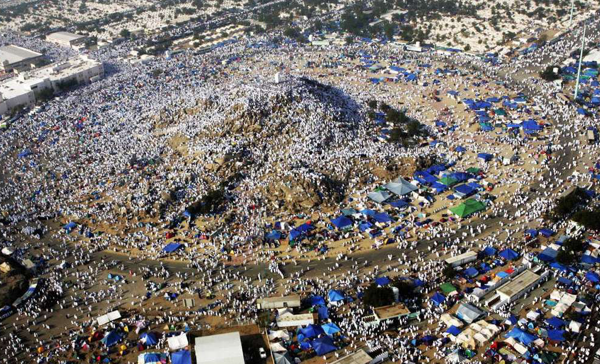
Pilgrims standing on the small hill of Arafat in Mecca
This is a photo of pilgrims standing on the small rock in Mecca in Saudi Arabia that is called Arafat. But it is a different situation in Petra. Today the Arafat Mountain near Petra is commonly called Jebal Haroun. It is the tallest mountain and is crowned by an ancient mosque.
But Muslims would not be alone up here on the mountain. Remember the whole city was also a place for pagans, and, there was a place there for pagans. They would worship there. There was also a church built up here, for Christians who wanted to worship on that special spot. This was a holy spot for pagans, and for Christians, and for Jews, and for Muslims. There is something there for everyone.
Those who wished could visit the small mosque at the very peak of the mountain for their time of prayer. Some claim that Aaron is buried here. It may be true, it may not be, as there is no concrete evidence that is the mountain he was buried on.
Today the principle focus in Mecca in Saudi Arabia is on the “plains of Arafaf” but this term was not common in ancient literature, where the name ‘Arafaf doesn’t have the word plains attached to it. The only descriptor there give you the idea of a large mountain.
Now the prophet Muḥammad preached on Arafat Mountain. The assumption in Mecca in Saudi is that he was on a plain below the mountain when he preached, but this is not inferred in the original texts. Rather, he was on the mountain when he preached.
Now Jebal Haroun, or Arafat in Petra has a unique feature. Just below the mountain peak there is a large area about 250 meters square, (800x800 feet) with outlying areas around it. This would be an area sufficient for thousands of people to gather in the afternoon and watch the sun descending over the horizon.
Those on the pilgrimage would easily have fit into this spot. It is a very large spot. And as I said before, there is a Byzantine church complex there, and it is presumably by people it was built back in the 5th century.
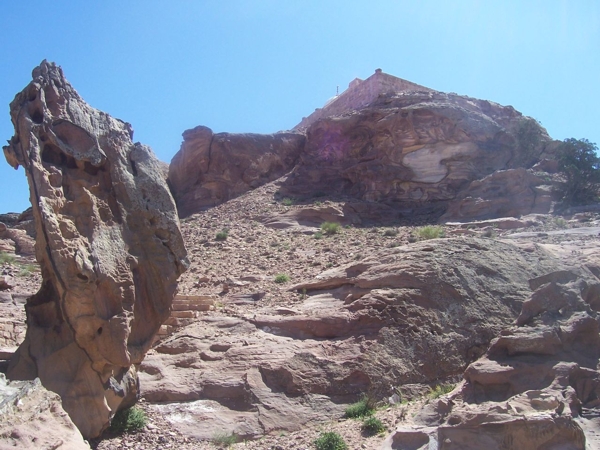
Looking up to the top of the mountain in Petra.
At the top of the mountain is an ancient Muslim shrine. This is what one would expect if this location is indeed ‘Arafat. Notice that the Qur’ān refers to the pilgrims “pouring down” from Arafat through a narrow chute. (Qur’an 2.198)
See, the pilgrims would stand and wait all day until evening. Then they would descend down the mountain through what was known as Mozdalifa, it was a slippery slide going down the mountain, down to the bottom.
Originally the pagans did this in the dark, but a man by the name of Qu-sayy started the practice of lighting fires for the people, and this was the practice during the time of Muhammad when there were fires going down the side of the mountain. (Bukhāri 5:577, Ṭabarī Vol. 6:31)
Some early writers recorded that the lights from Mozdalifa could be seen for many many miles away. Because it is the tallest mountain in the area, and they would light the lights all the way down.
After this the pilgrims would come down to the camping spot, where they would collect some stones, and then they would stay overnight. The total journey for that day was 7 to 8 kilometers.
The next day, the crowds would go to Mina. There was a stone pillar in the center of Mina where they would throw their stones at the largest pillar that was there, known as Jamrat al-Kubra.
So where is Mina in Petra? It is not so hard to find it. It would be a very large area, with a pillar in the middle, and it would have to be close to the camping area which has got nearby markets.
That description would fit this spot which has a large open place with several small buildings and a pillar standing alone in the center on a raised platform. While this site has been known to archeologists like Glueck, Horsfield, & Conway from as early times, back many years ago it just recently received attention since Sarah Parcak and Christopher Tuttle used a drone to scan the area. They found an area that had been cleared and leveled. It was 56 meters by 49 meters, (that s similar to a football field). Considerable effort went into making this area level, and paving it with large flagstones.
Their report states that this area was constructed in pre-Islamic times and seemed to have been used for religious purposes. And it has made a lot of attention in the newspapers recently. These are all characteristics of ancient Mina, which was a stopping place for the pilgrims to throw stones at the pillar.
After stoning the pillar the people would head back into the city, back to the Ka’ba, and there they would circle the Ka’ba.
After this, they would go seven times between the mountains of Safa and Marwa. Bukhari mentioned that the prophet loved to do this running in the rainwater passage, rather than moving slowly along with the great crowds on the road. (Bukhari 2:685) So they would return at the end of the day to the campsite near Mina and stay for the night. They would have traveled a total 7 to 8 that day.
The final day of the pilgrimage started at Mina, where the pilgrims would stone all three pillars. Then they would return to the Ka’ba for the final tawaf or circling around of the Ka’ba. At this point most pilgrims would return to Mina for the final dismissal, although some people left directly from the Ka’ba area.
What is fascinating in all of this is that the pilgrimage fits Petra perfectly. The mountain is there, outside of the great stones that mark the south side of the sacred area.
At the top of the mountain there is archeological evidence that this area was a pilgrimage site for many centuries, going back long before the time of Islam. The great space of Mina is there, with the base of the pillar that pilgrims could throw stones at. The Ka’ba foundation is still there where pilgrims would go around the Ka’ba. And to the right and left of the valley are the great mountains of Safa and Marwa. Even the two springs for ritual cleansing are in place, just outside of the great stones that mark the beginning of sacred area.
So how did the pilgrimage get changed to Mecca in Saudi Arabia?
Well, when the Black Rock was moved to Mecca in Saudi Arabia, the pilgrimage ceased. It was in the middle of the 2nd fitna or civil war and the records tell us that the pilgrimage stopped during that time.
And so the rebels down in Mecca in Saudi Arabia must have decided to hold their own pilgrimage while the others held their pilgrimage up in Petra.
But in Saudi Arabia, they were hard pressed to come up with suitable locations. So they chose two big rocks to represent Safa and Marwa. Arafat was just a small hill that pilgrims would gather around. The cave where the revelation took place was just a slab of stone that had fallen down. And there were no marker stones for the haram area, none what so ever, and still are not today… and they had to build a pillar for the stoning. Yes, it was a pilgrimage, but it lacked the spectacular setting that was in Petra.
There was no thaniya or siq where people passed right through the center of the mountain. There were no pagan temples, there were no Christian churches. There was no spectacular views of the sunset on Mount Arafa, and no dangerous slippery slope coming down Mozdalifa. So when did the pilgrimage to Petra cease? You would expect that years later some people would remember pilgrimage to Petra and still go there to pray. The truth is, Petra, and especially the great mountain, was the object of pilgrimage for many years. The last pilgrimage to the great mountain in Petra took place in 1985, that’s right, 1985. That year several things happened. First, the area was designated a UNESCO world heritage site, and so the government prepared for the arrival of many tourists, not pilgrims; tourists who paid money to get in.
The next year, in 1986 a new government department was formed: The Department of Fatwas and they declared the pilgrimage to Petra was just a local superstition and contrary to Islam. And it was stopped.
So now, today, people are writing to me and saying that they would like to go on pilgrimage to Petra. They want to perform the original pilgrimage. They want to walk in the steps of the original pilgrimage where the prophet went and where his companions were.
Now, I am unaware of anyone who has done it yet, and I DO NOT suggest you try it. There seem to be laws in place against it; specifically against pilgrimage to Petra.
You can read more about the archeology involved, by checking out my book: Early Islamic Qiblas. It can be downloaded from the internet for only $15, or you can buy the full color, hardbound books from Amazon.
I am Dan Gibson and this has been another video in the series Archaeology and Islam.
Credits
Thanks to Muhammad Mahdi Karim for photo of Mecca
Thanks to Diego Delso, for a photo of the Deir, Petra, Jordan
Special thanks to: APAAME Images, University of Western Australia, photos of Jebal Haroun
Articles Mentioned
Is this Sacred or What? Tourism to Jebel Haroun, Petra Region. The Routledge Handbook of Halal Hospitality and Islamic Tourism. Eds. C. Michael Hall & Girish Prayag
Kouki, P., and Lavento, M. 2013 Petra, the Mountain of Aaron: The Finnish Archaeological Project in Jordan, Vol. 3: The Archaeological Survey. Helsinki: Societas Scientiarum Fennica
Hiding in Plain Sight, Bulletin of the American Schools of Oriental Research, May 2016
Follow the pilgrimage at: https://earth.google.com/web/data=Mj8KPQo7CiExODdzSHRsN21yRkd4UlBPTktna2tPdzlQSUQzRW42U0oSFgoUMERCMEMyRjM5QTEwREYyNDRCNUY
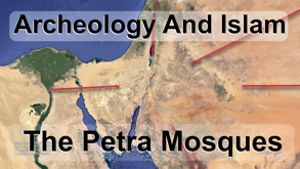
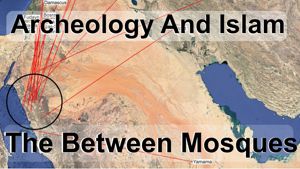

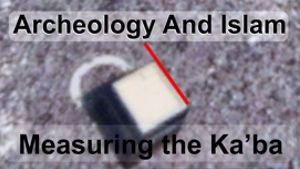
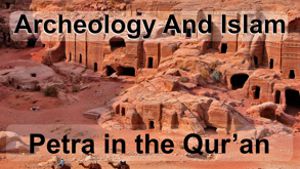
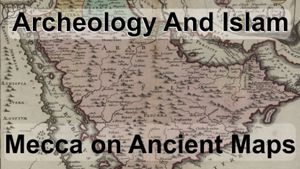
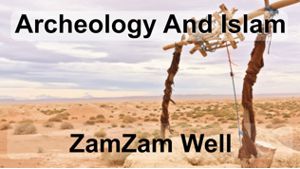
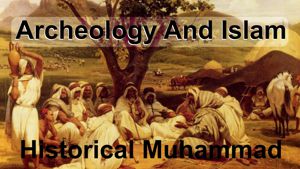
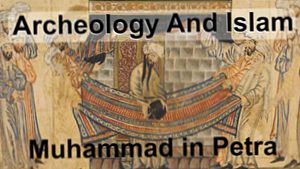
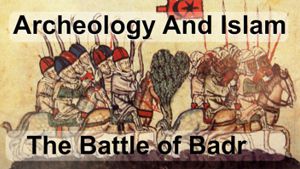

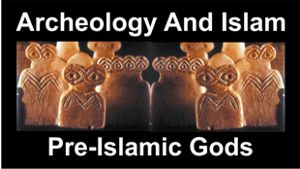


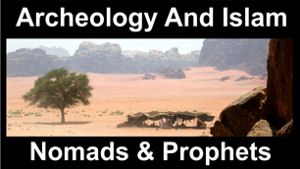

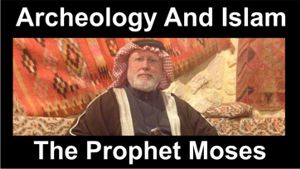


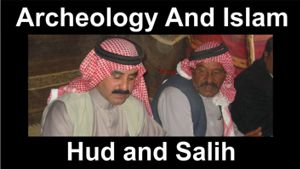
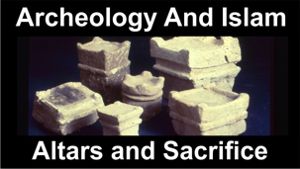

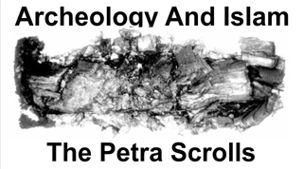
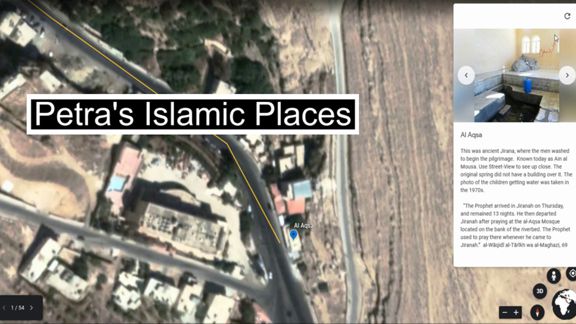

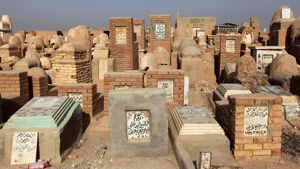
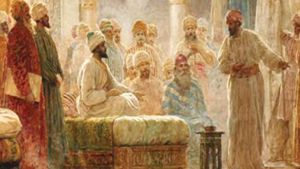
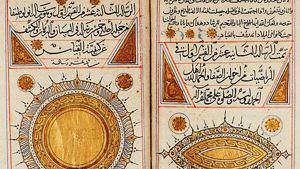
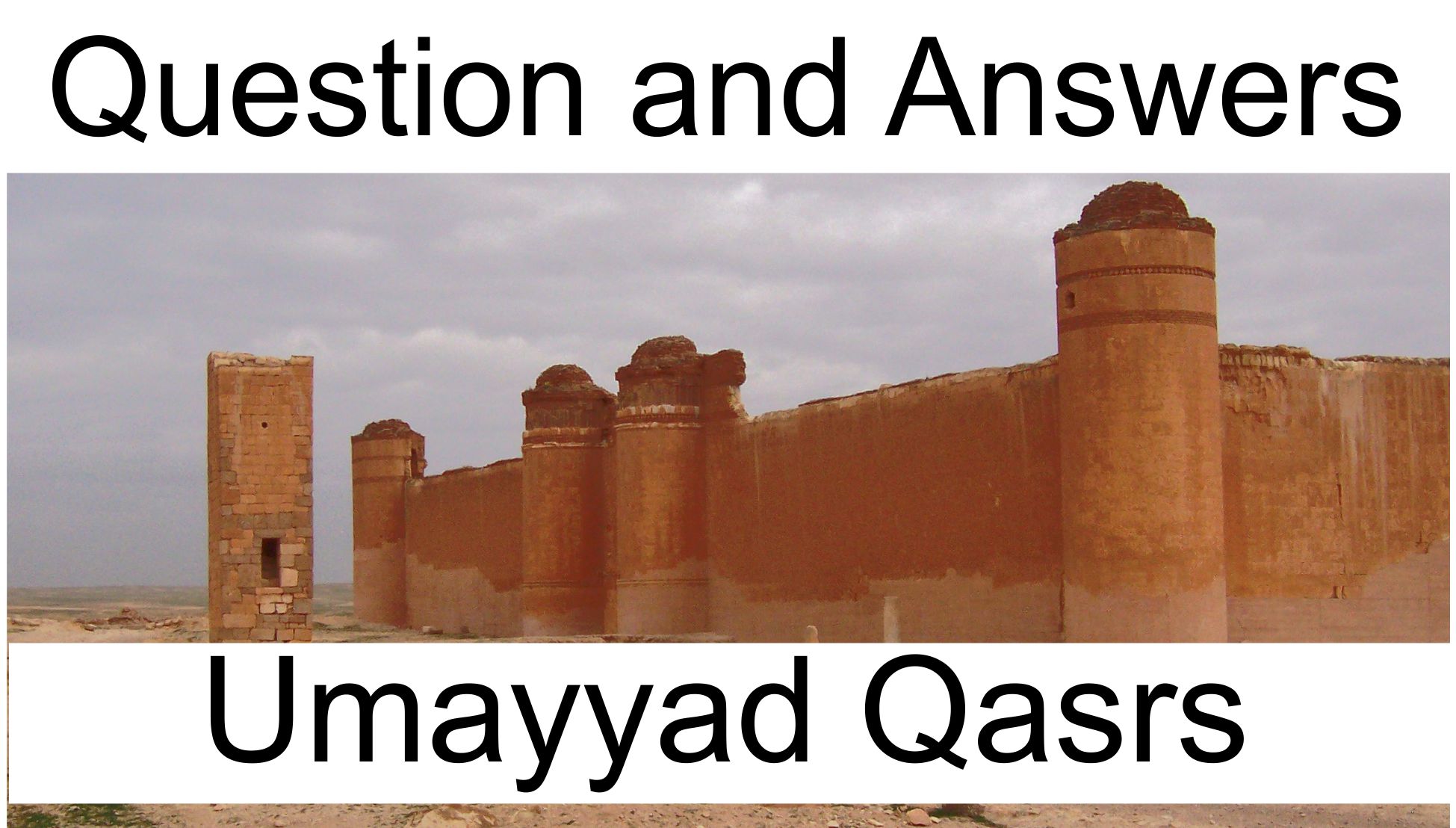
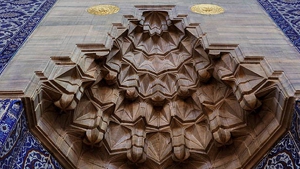
Page Discussion
Membership is required to comment. Membership is free of charge and available to everyone over the age of 16. Just click SignUp, or make a comment below. You will need a user name and a password. The system will automatically send a code to your email address. It should arrive in a few minutes. Enter the code, and you are finished.
Members who post adverts or use inappropriate language or make disrespectful comments will have their membership removed and be barred from the site. By becoming a member you agree to our Terms of Use and our Privacy, Cookies & Ad Policies. Remember that we will never, under any circumstances, sell or give your email address or private information to anyone unless required by law. Please keep your comments on topic. Thanks!